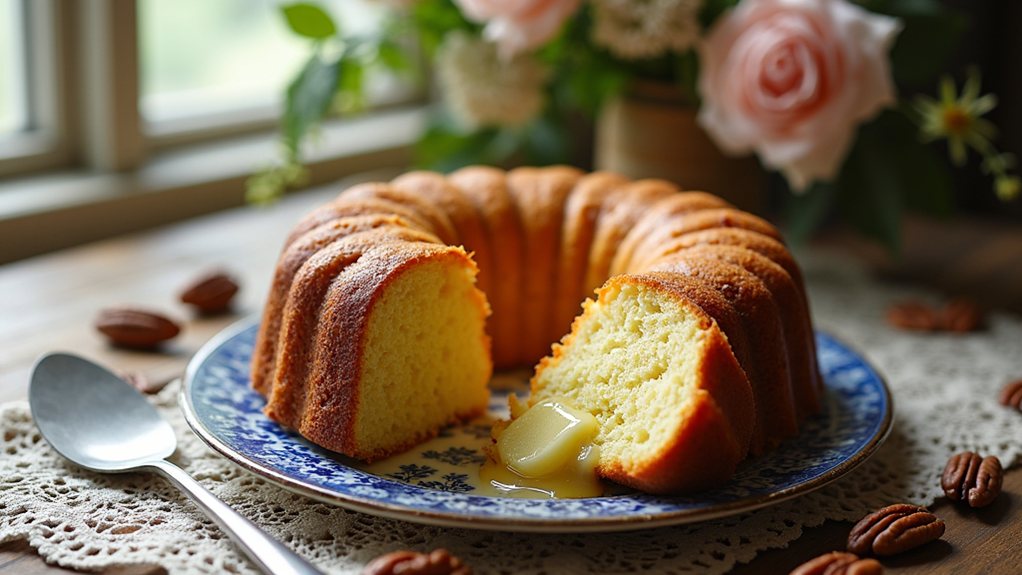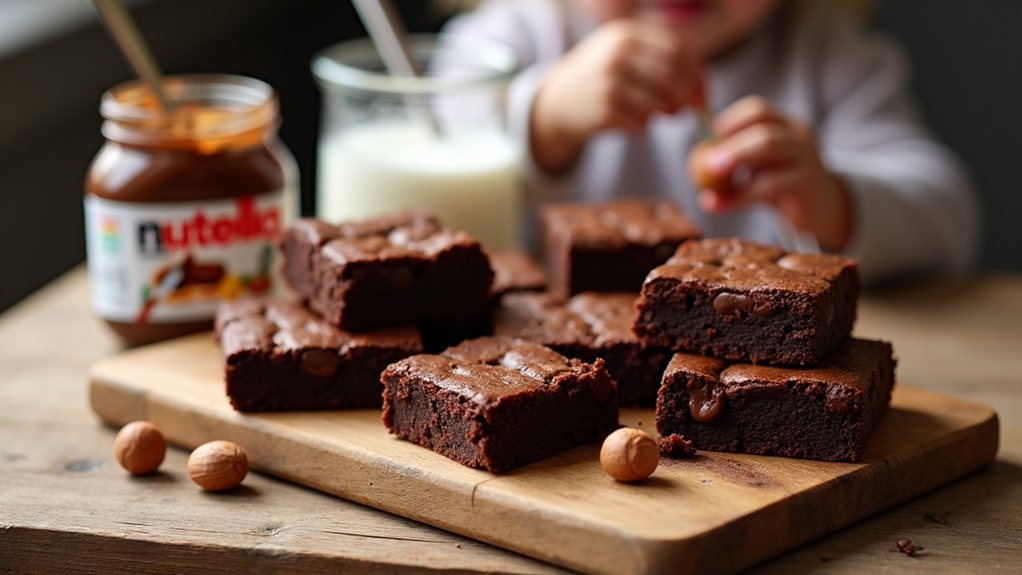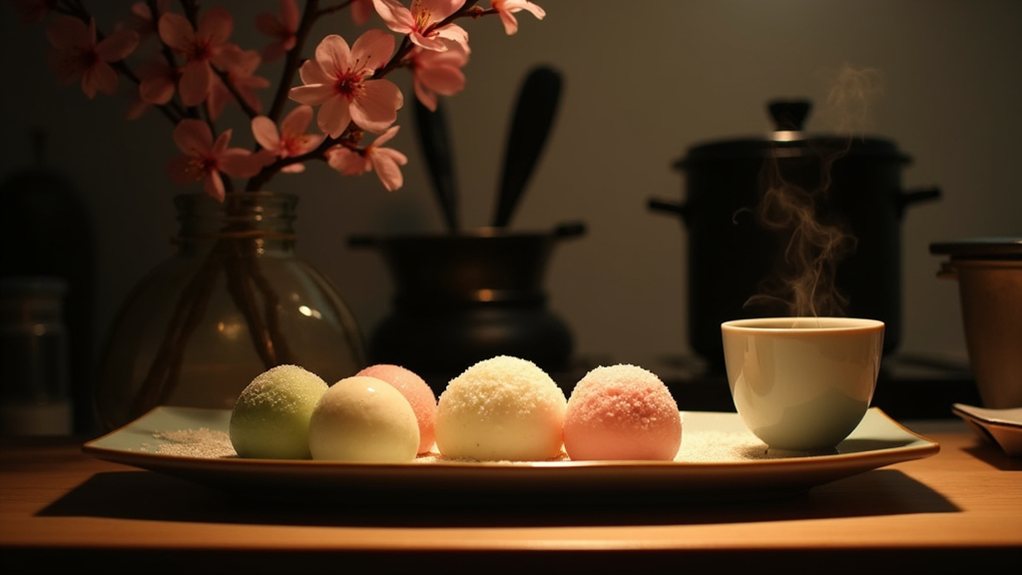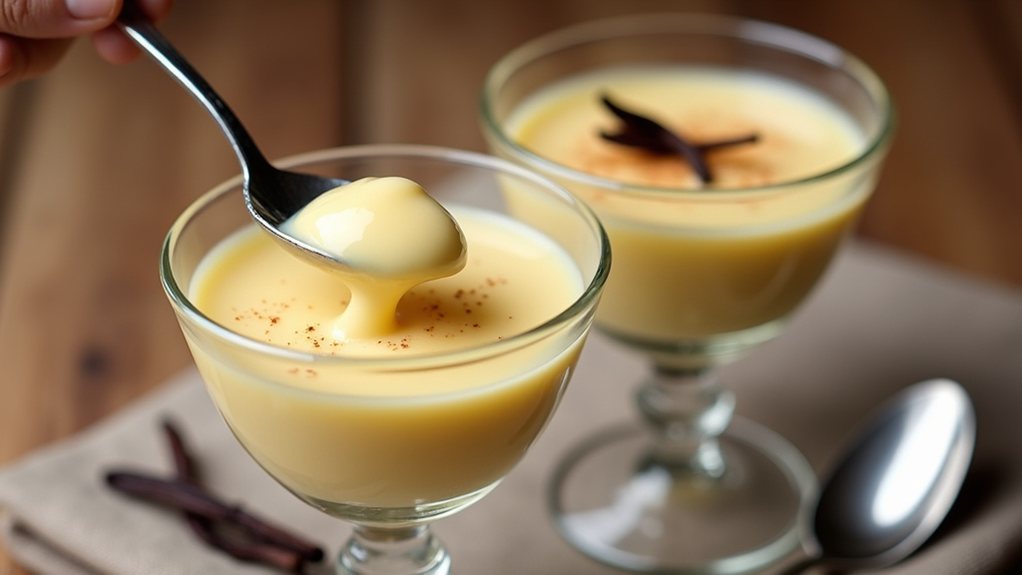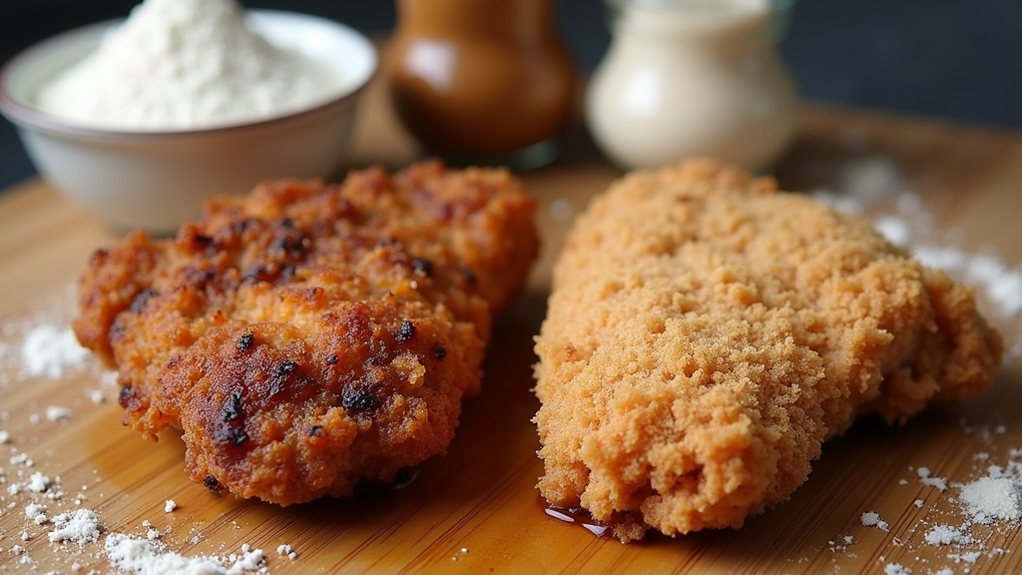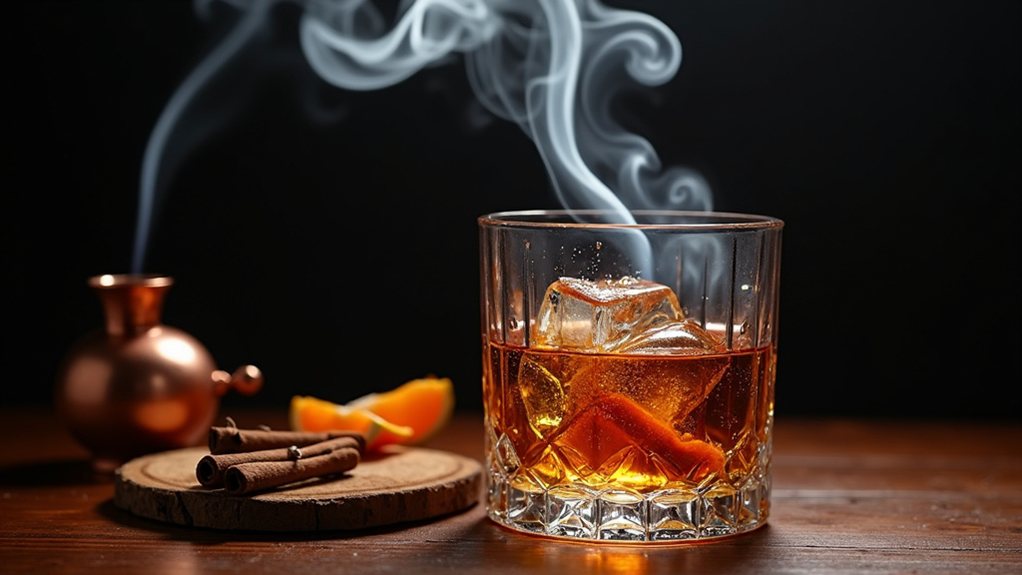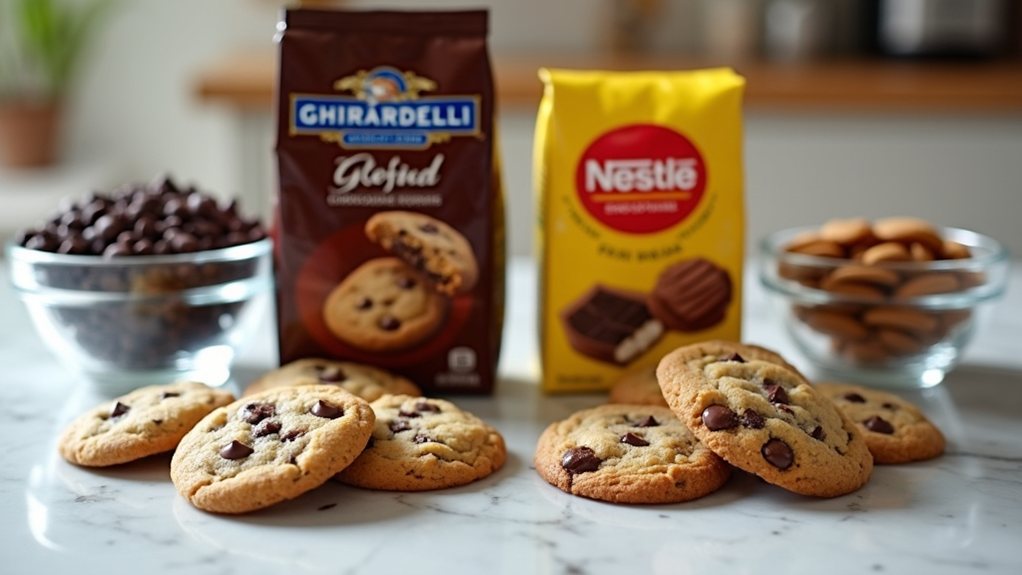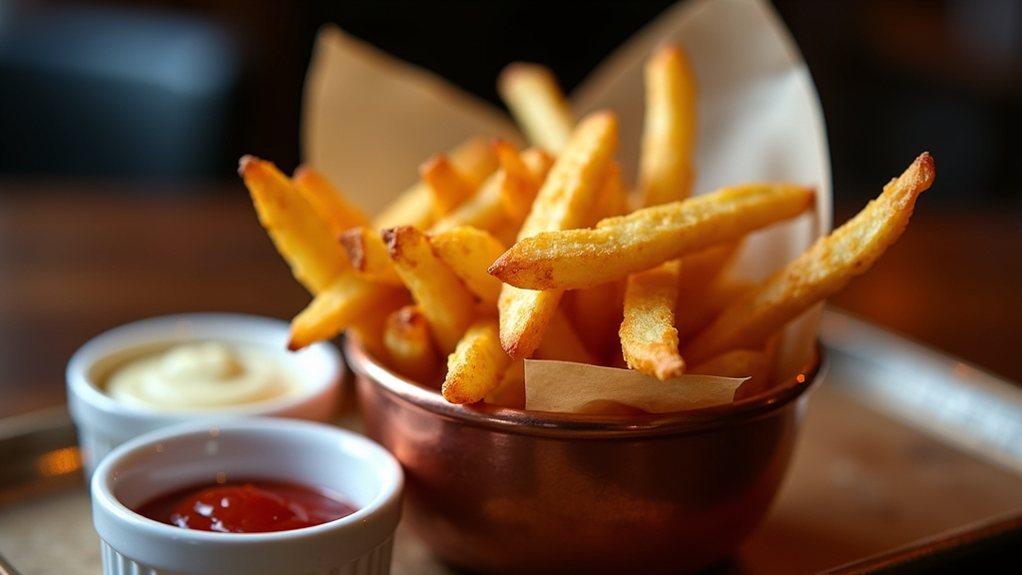Elvis Presley’s fondness for Southern pound cake transcended mere sweet indulgence. The King’s culinary preferences, shaped by his Mississippi upbringing, always circled back to comfort foods with rich, buttery profiles. This particular pound cake, with its decadent seven-egg recipe and cake flour foundation, represented more than dessert in Southern culture. The annual Christmas loaves from Janelle McComb connected Elvis to his roots, a reminder of home during his Hollywood years. What was it about this specific recipe that enchanted even a man who could afford any delicacy?
From Buttery Beginnings to Elvis’s Indulgence
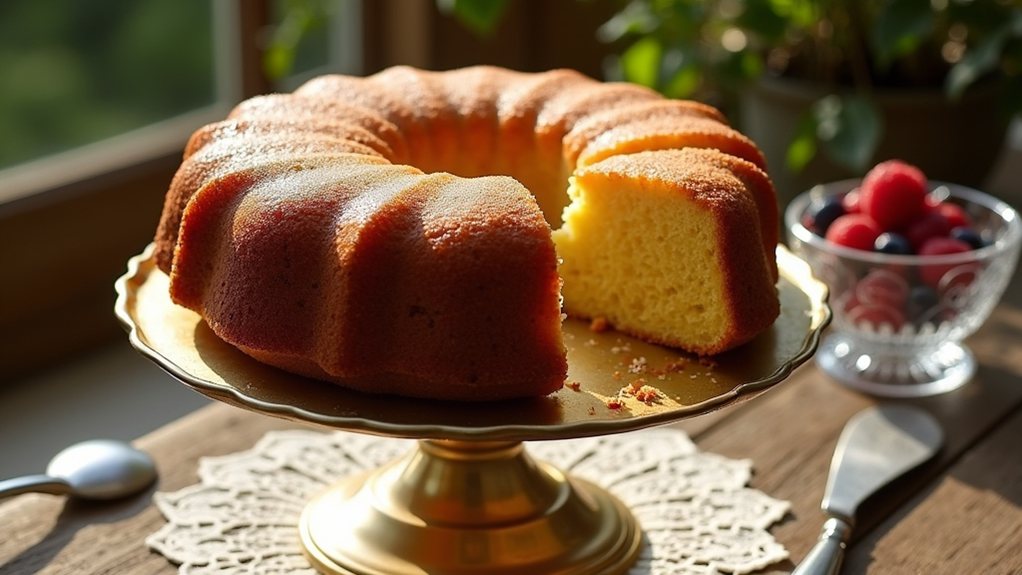
Southern pound cake, a cornerstone of Southern cuisine, traces its roots back to the early 1700s in Britain where it emerged as a simple dessert with equal parts of butter, sugar, eggs, and flour. This straightforward one-to-one ratio made the recipe remarkably easy to remember and share, particularly in communities where literacy wasn’t universal.
The humble pound cake’s genius lies in its simplicity—equal parts of four ingredients creating a dessert that transcends literacy and time.
The cake’s expedition to Southern American kitchens was documented in Abby Fisher‘s groundbreaking 1881 cookbook, “What Mrs. Fisher Knows About Old Southern Cooking,” solidifying its place in the region’s culinary heritage.
The King of Rock and Roll himself couldn’t resist the allure of this classic dessert. Elvis Presley’s famous sweet tooth often led him to indulge in entire pound cakes in single sittings, a testament to both his appetite and the cake’s irresistible appeal.
His longtime friend Janelle McComb baked him two special loaves every Christmas, using a refined recipe featuring cake flour, heavy cream, and seven eggs that produced the light, rich texture Elvis craved. This connection between the music legend and the humble cake highlights how deeply pound cake was woven into Southern identity and comfort food traditions.
Traditional pound cake relied solely on the physical aeration of creamed butter and sugar for its rise, requiring significant elbow grease with wooden spoons. Modern recipes often incorporate baking powder for a lighter result, though purists maintain that the dense, buttery original remains superior.
The cake’s versatility has allowed it to evolve while maintaining its fundamental character, with contemporary bakers experimenting with additions like vanilla extract, spices, and even spirits or sodas. The enchanting aroma of baking pound cake fills homes with a heavenly scent that creates anticipation and delight long before the first bite is taken.
Whether served at weddings, funerals, church socials, or family gatherings, pound cake remains a binding thread in Southern community life. Its presence at both celebrations and mourning rituals speaks to its cultural significance, particularly in African-American traditions where it stands alongside other cherished dishes like barbecue and okra.
Passed down through generations, each family’s recipe carries its own history, modifications, and memories, creating a living culinary legacy. Some innovative bakers have even incorporated cream liqueurs into their pound cake recipes for an extra layer of richness and flavor complexity. Many Southern cooks recommend stone-ground cornmeal for recipes requiring a more authentic texture and deeper flavor, similar to the quality ingredients preferred in traditional pound cakes. Maida Heatter, a renowned baker, further popularized Elvis’s favorite pound cake by adapting the recipe from TV Guide in 1997, bringing this southern classic to an even wider audience.
